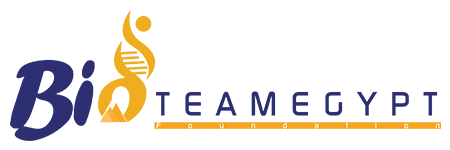
• Reverse genetics of avian influenza virus
Prof. Dr. Sherif Mohamed, Senior research scientist, department of genetic engineering, Veterinary Serum and Vaccines Research Institute (VSVRI), Agricultural Research Center (ARC).
Highly pathogenic avian influenza (HPAI) represents a significant threat to food security and human health in Egypt and efforts to control and eradicate the disease continued for more than a decade. Despite the use of different vaccine platforms, the disease is still endemic and outbreaks are detected across Egypt. The first HPAI outbreak was announced in Egypt on 17th February 2006. It started in 3 governorates and spread, thereafter, to twenty-one out of the 27 governorates, infecting commercial and backyard systems with high rate of disease spread at the period between December and March 2006. Thirty-six million birds were culled with costs estimated at between 2 to 3 million USD. Over 1.5 million Individuals, whose livelihoods depend on poultry, were affected. Importantly, multiple AI subtypes are known to be circulating in Egypt and the effect of mixed infections on the outcome of disease can be significant. These events compelled national and international authorities to examine the reasons behind the increase in human infections and implement control measures. However, the response failed through ineffectual vaccine use. As birds act as sentinels for transmission to humans, better avian vaccines would help reduce potential zoonotic burden.
Reverse genetics technology confers development of vaccine against HPAIV expressing major immune domains Haemagglutinin (HA) and Neuraminidase (NA) of the currently circulating viruses, in a low pathogenic H1N1 Portico strain influenza virus expressing the rest genomic six segments. This platform generates a high-growth reassortant that combines the high virus yield of the laboratory strain A/PR/8/34 (H1N1) with expression of the glycoproteins of the currently circulating strain. In addition, the 6+2 plasmid system used provides Biosafety and effectiveness of the produced vaccine both for human health of vaccine manufacturers and for vaccinated poultry to develop a robust and protective immune response against the disease.


